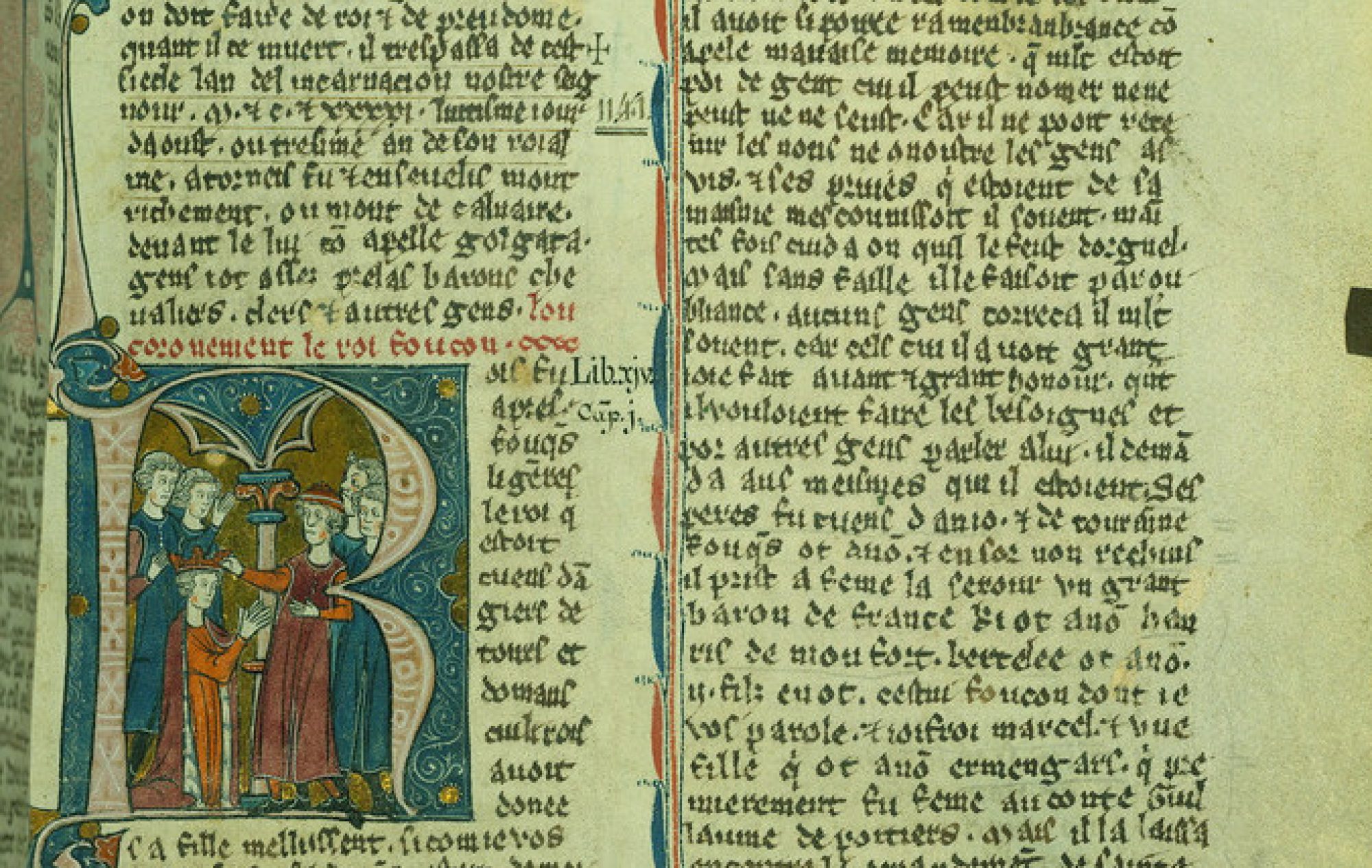
Malleus Maleficarum was published in 1489, following the issuance of a papal bull by Pope Innocent VIII, Summis desiderantes, in 1484.1 The bull spoke of the horrors that witchcraft had brought society; a translation of the bull states that those who practice witchcraft “do not shrink from committing and perpetrating the foulest abominations and filthiest excesses to the deadly peril of their own souls”.2 Furthermore, in the bull the Pope authorized two Dominicans, Henry Kramer and James Sprenger, professors of theology, as inquisitors of witchcraft.3 What Kramer and Sprenger ultimately created was a manual on witchcraft, including information on how the trial of someone thought to be a witch should be carried out, how witchcraft works, and how God perceives witchcraft and sorcery.4
Malleus Maleficarum was an extremely influential piece, as it solidified foundations on which to be suspicious of potential witchcraft.5 Moreover, it provided an education on witchcraft and sorcery to those who could read – which at the time was mainly men of the church and the upper class.
- William Renwick Riddell, “The Trial of Witches, Secundum Artem,” Journal of the American Institute of Criminal Law and Criminology 21, no. 2 (1930): 258. doi:10.2307/1134757.
- Henry Kramer and James Sprenger, Malleus Maleficarum, trans. Montague Summers (London: The Pushkin Press, 1951), xix.
- Ibid.
- Ibid, vii.
- Joseph R Strayer, Dictionary of the Middle Ages, vol.8, Malleus Maleficarum (New York: Charles Scribner’s Sons, 1988), 30.
- J. Sprenger and H. Institutoris, Malleus maleficarum. http://libanswers.snhu.edu/faq/48004.
